o1
= 1101.4 cm-1 (sym.)
|
o2
= 666.8 cm-1 (sym.)
|
o3
= 468.5 cm-1 (sym.)
|
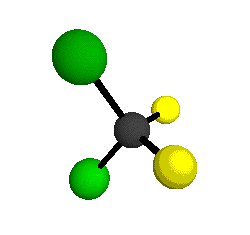 |
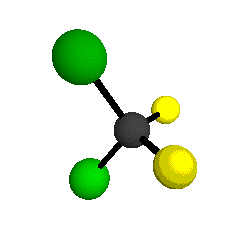 |
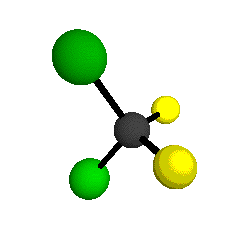 |
o4 = 261.6 cm-1 (sym.)
|
o5 = 320.7 cm-1 (sym.)
|
o6
= 923.2 cm-1 (sym.)
|
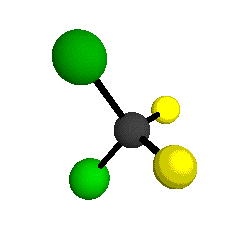 |
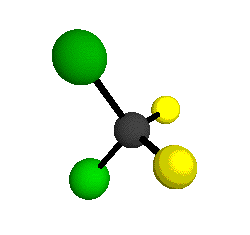 |
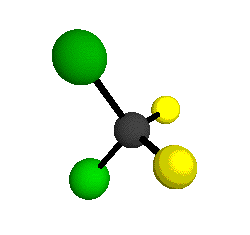 |
o7 = 437.0 cm-1 (sym.)
|
o8 = 1161.1 cm-1 (sym.)
|
o9 = 461.8 cm-1 (sym.)
|
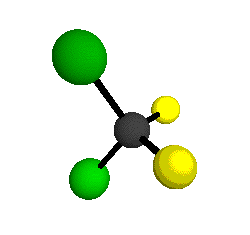 |
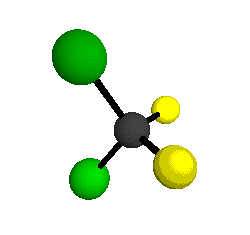 |
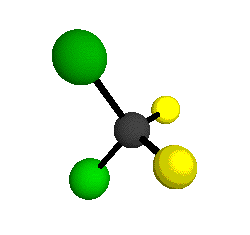 |